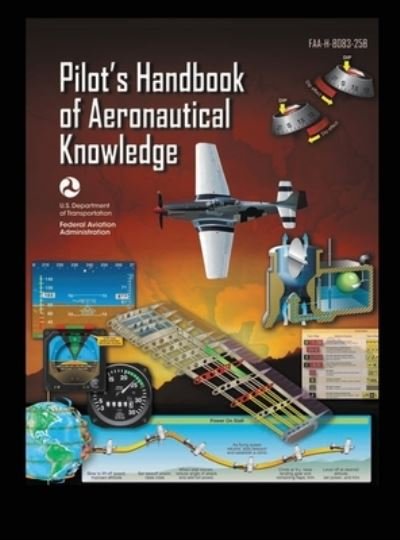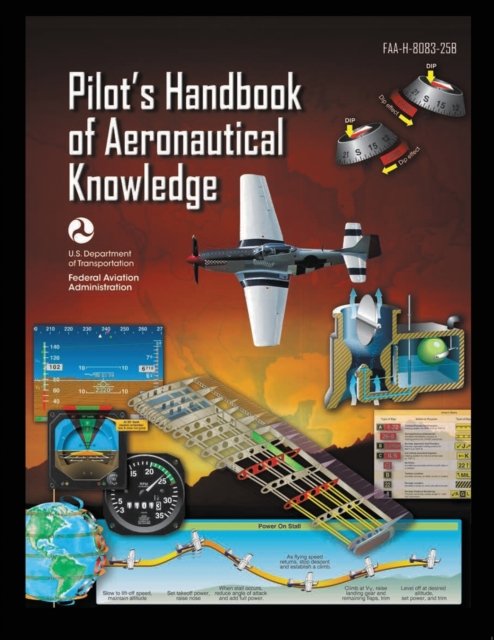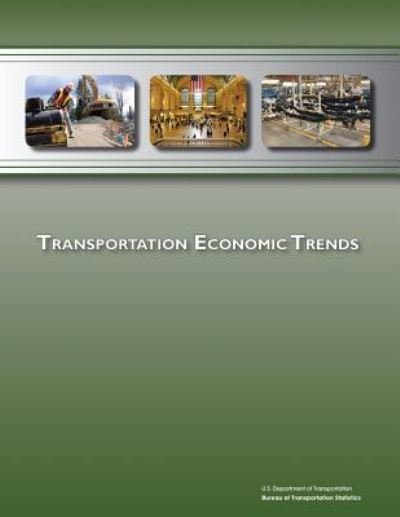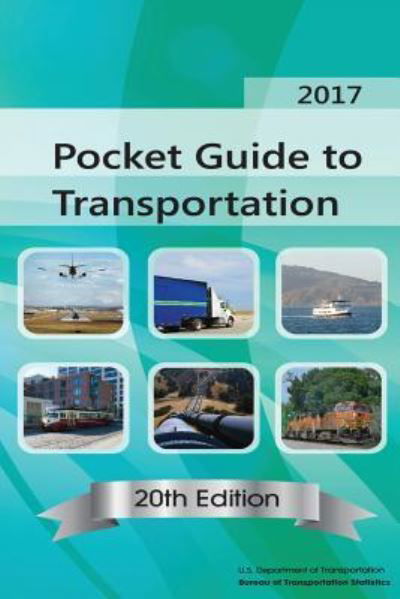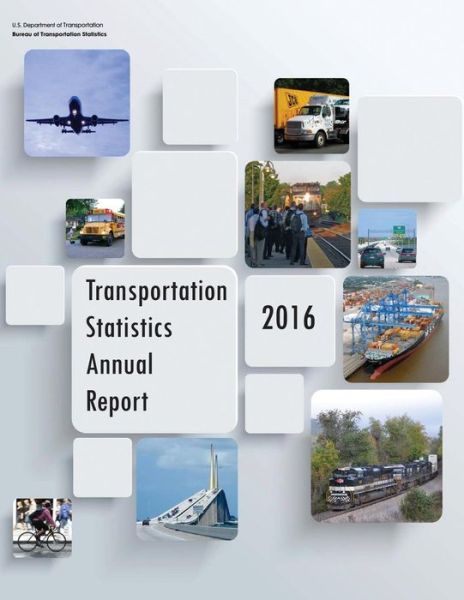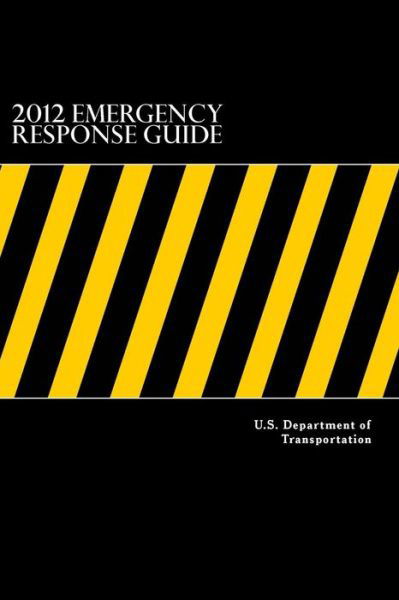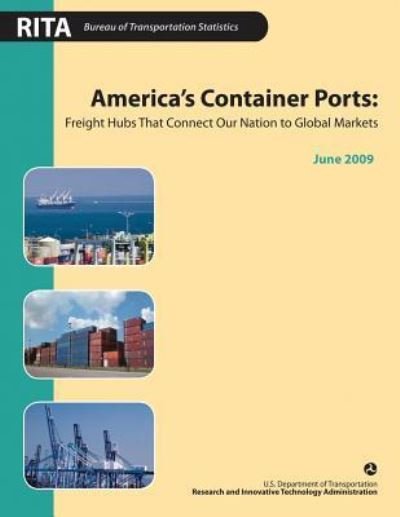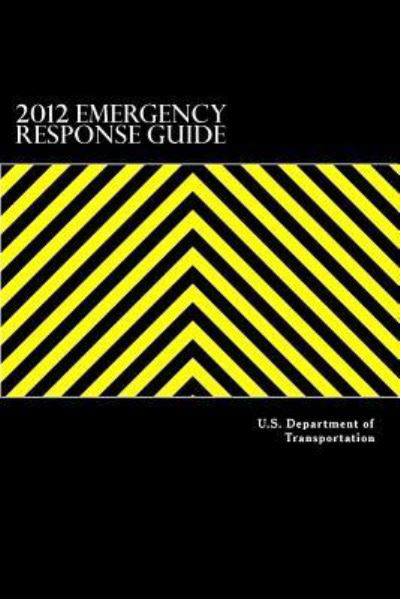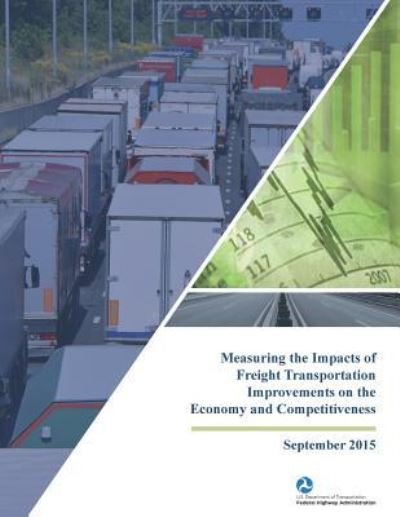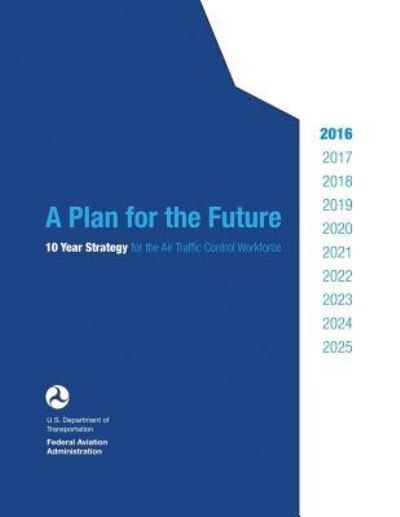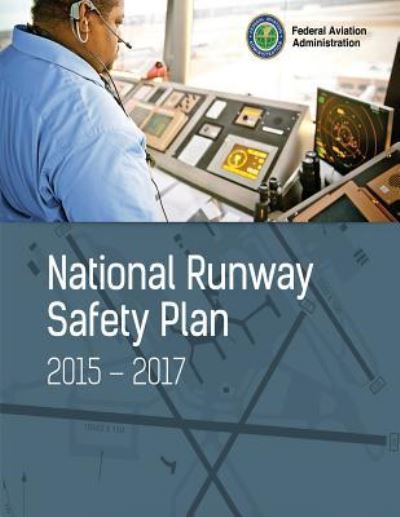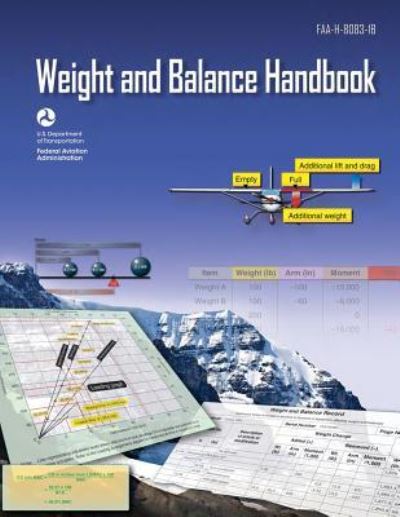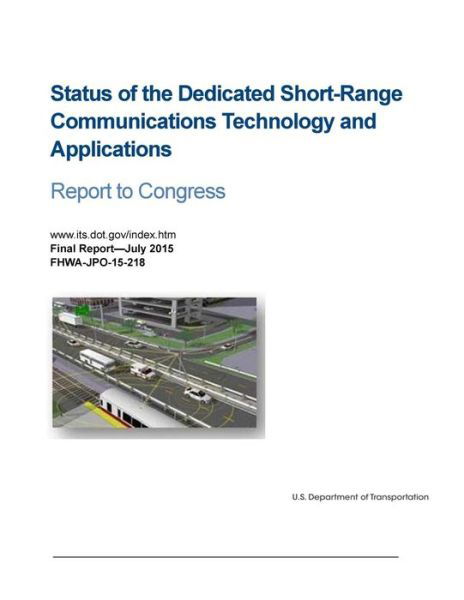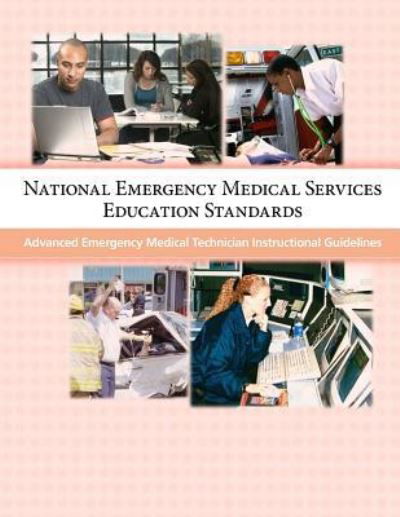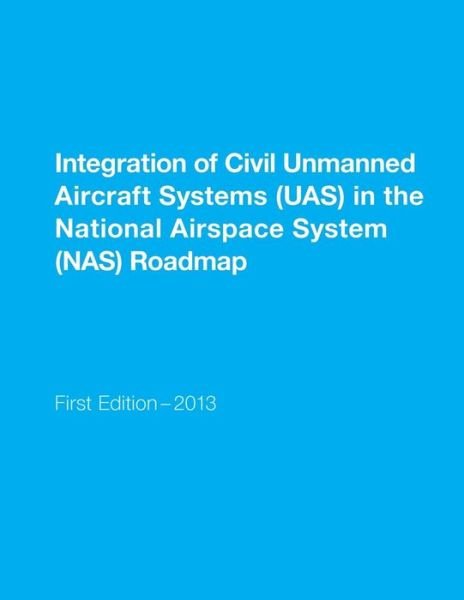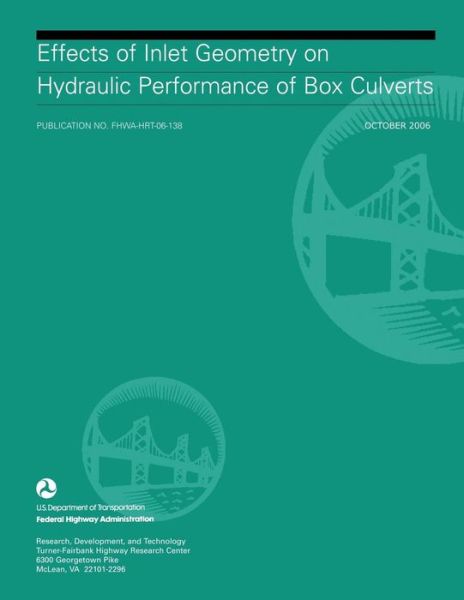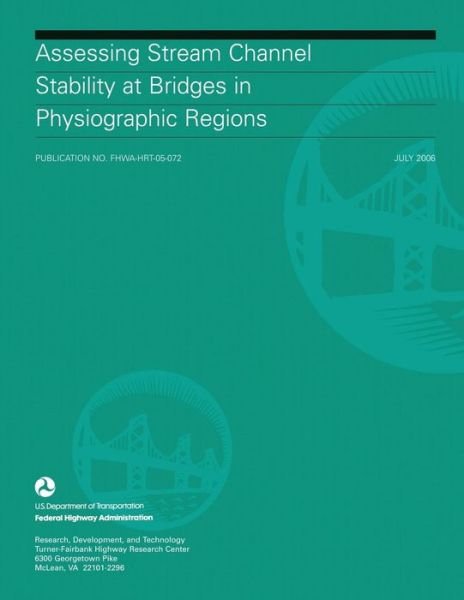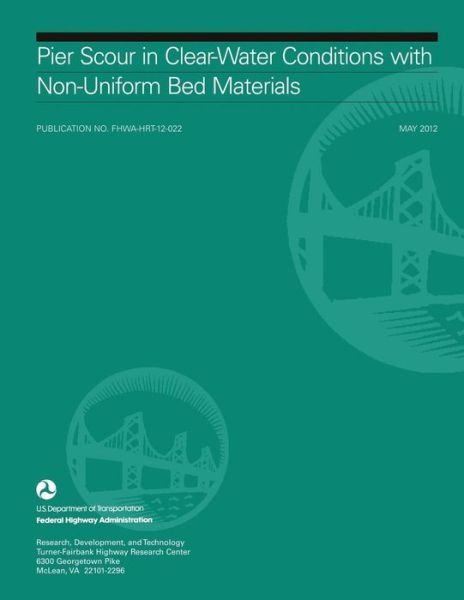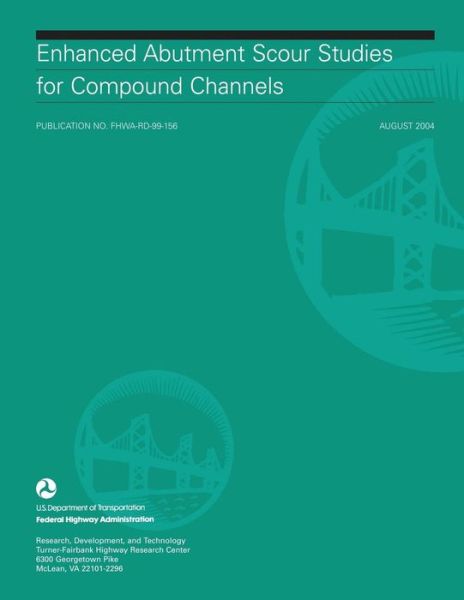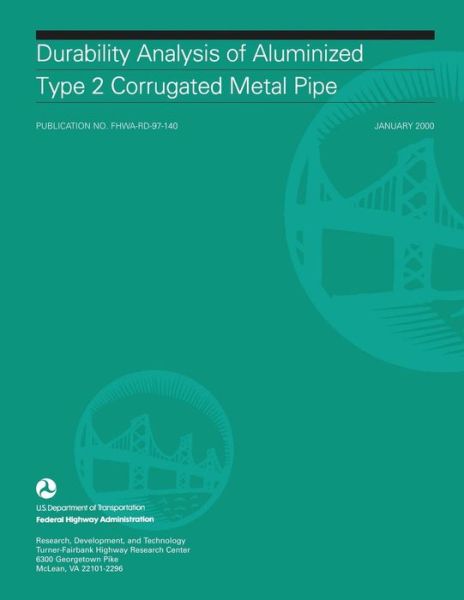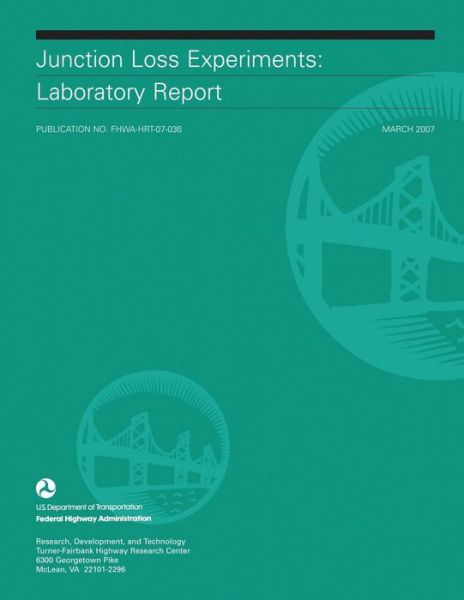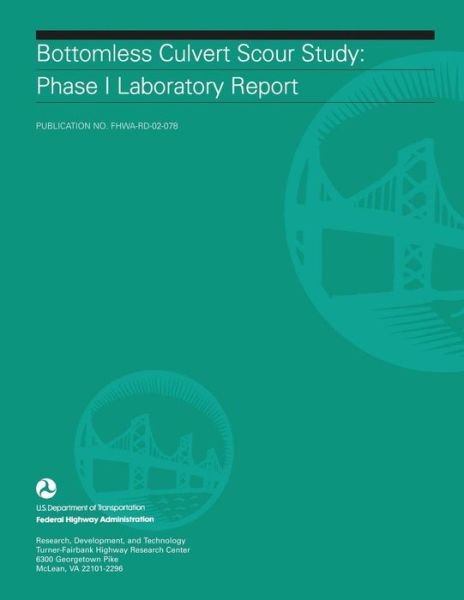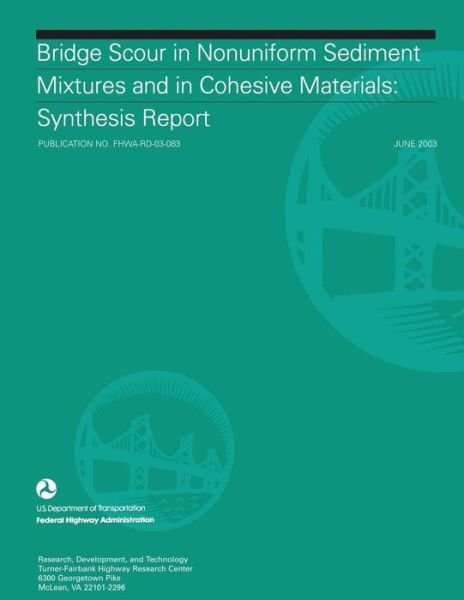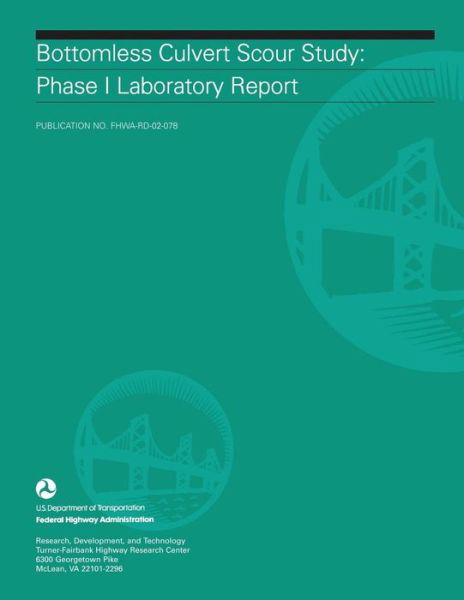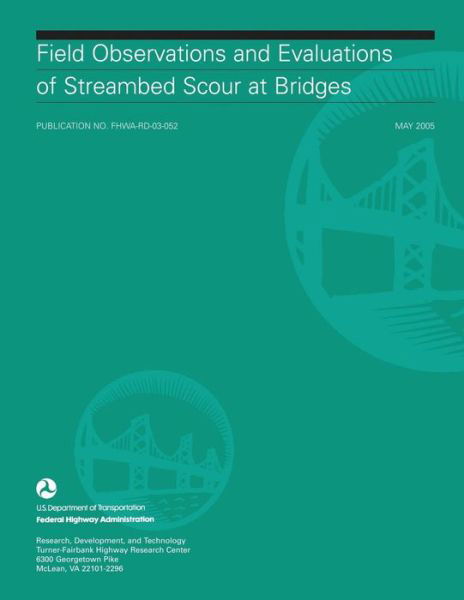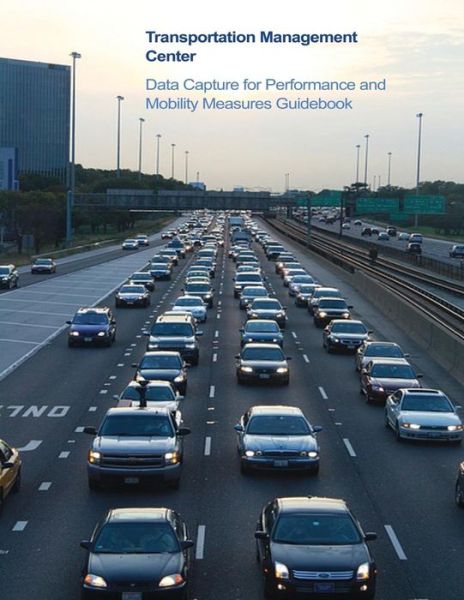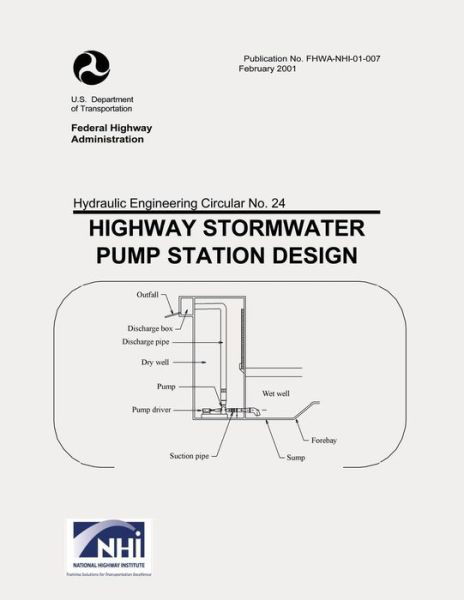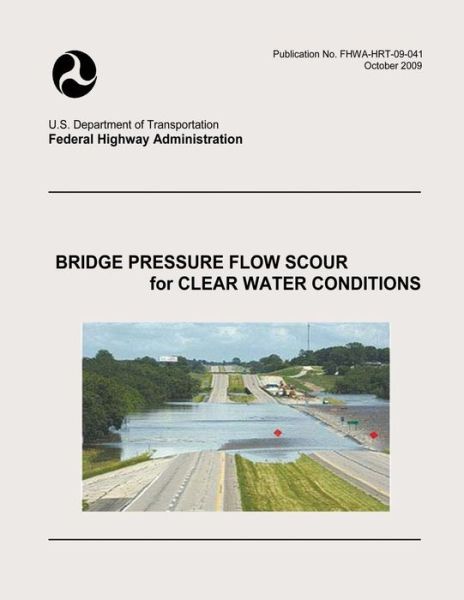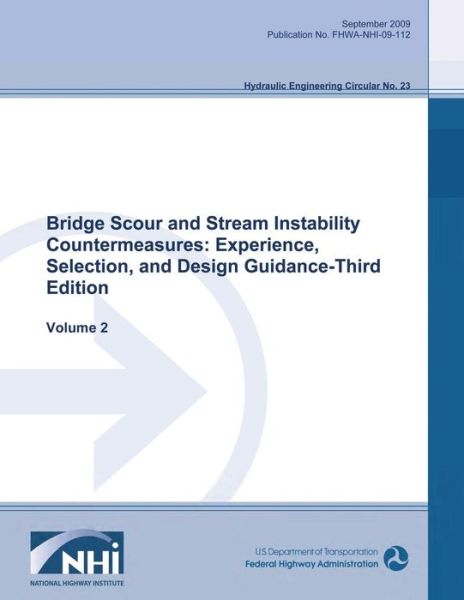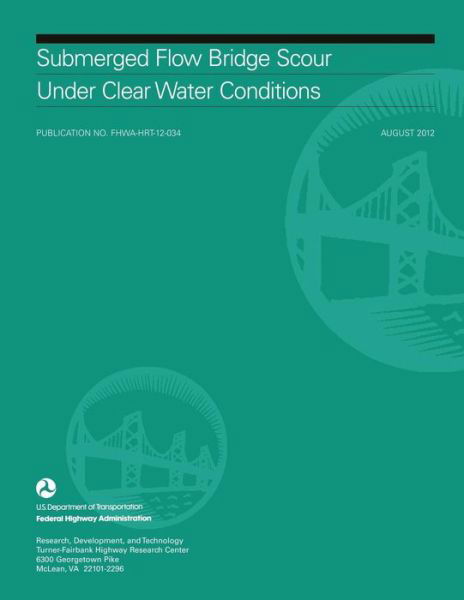
Tell your friends about this item:
Submerged Flow Bridge Scour Under Clear Water Conditions
U S Department of Transportation
Submerged Flow Bridge Scour Under Clear Water Conditions
U S Department of Transportation
Publisher Marketing: Pressure flow (also known as vertical contraction) scour occurs when a bridge deck is insufficiently high such that the bridge superstructure becomes a barrier to the flow, causing the flow to vertically contract as it passes under the deck. A bridge deck is considered partially submerged when the lowest structural element of the bridge is in contact with the flowing water but the water is not sufficiently high to overtop the bridge deck. It is considered fully submerged when a portion of the flow overtops the bridge deck. Pressure flow generally only occurs in extreme flood events, but these types of events are relevant for estimation of scour. When flow is sufficiently high so that it begins to approach the elevation of the bridge deck, some of the flow may be diverted laterally to the bridge approaches. Since the bridge approaches are often lower than the bridge deck, this diversion may reduce the scour potential under the bridge. Designers must evaluate the effects of scour under the bridge as well as potential damage caused by flow diversion. An experimentally and numerically calibrated scour model was developed in this study to calculate the maximum clear water scour depth in non-cohesive bed materials under different deck inundation conditions. The theoretical formulation of the model is based on the conservation of mass of the water passing underneath the bridge deck. Particle image velocimetry (PIV) measurements and computational fluid dynamics (CFD) simulations were used to validate assumptions used in the derivation and verify calibration of parameters included in the scour model. As one of the important parameters in the pressure flow scour model, the separation zone thickness in the bridge opening was formulated analytically, calibrated experimentally, and verified by PIV and CFD analyses. The maximum scour depth was calculated by identifying the total bridge opening that resulted in the average velocity in the opening that is equal to the critical velocity of the bed material. This report summarizes a literature review on pressure scour and describes the physical and theoretical foundation for the model formulation. The newly collected flume data as well as PIV and CFD analyses are summarized. The model formulation is refined, tested, and compared to other approaches used to estimate pressure scour. Recommendations for model application are also provided.
| Media | Books Paperback Book (Book with soft cover and glued back) |
| Released | March 10, 2015 |
| ISBN13 | 9781508810827 |
| Publishers | Createspace |
| Pages | 56 |
| Dimensions | 216 × 279 × 3 mm · 154 g |
More by U S Department of Transportation
See all of U S Department of Transportation ( e.g. Paperback Book , Book and Hardcover Book )


